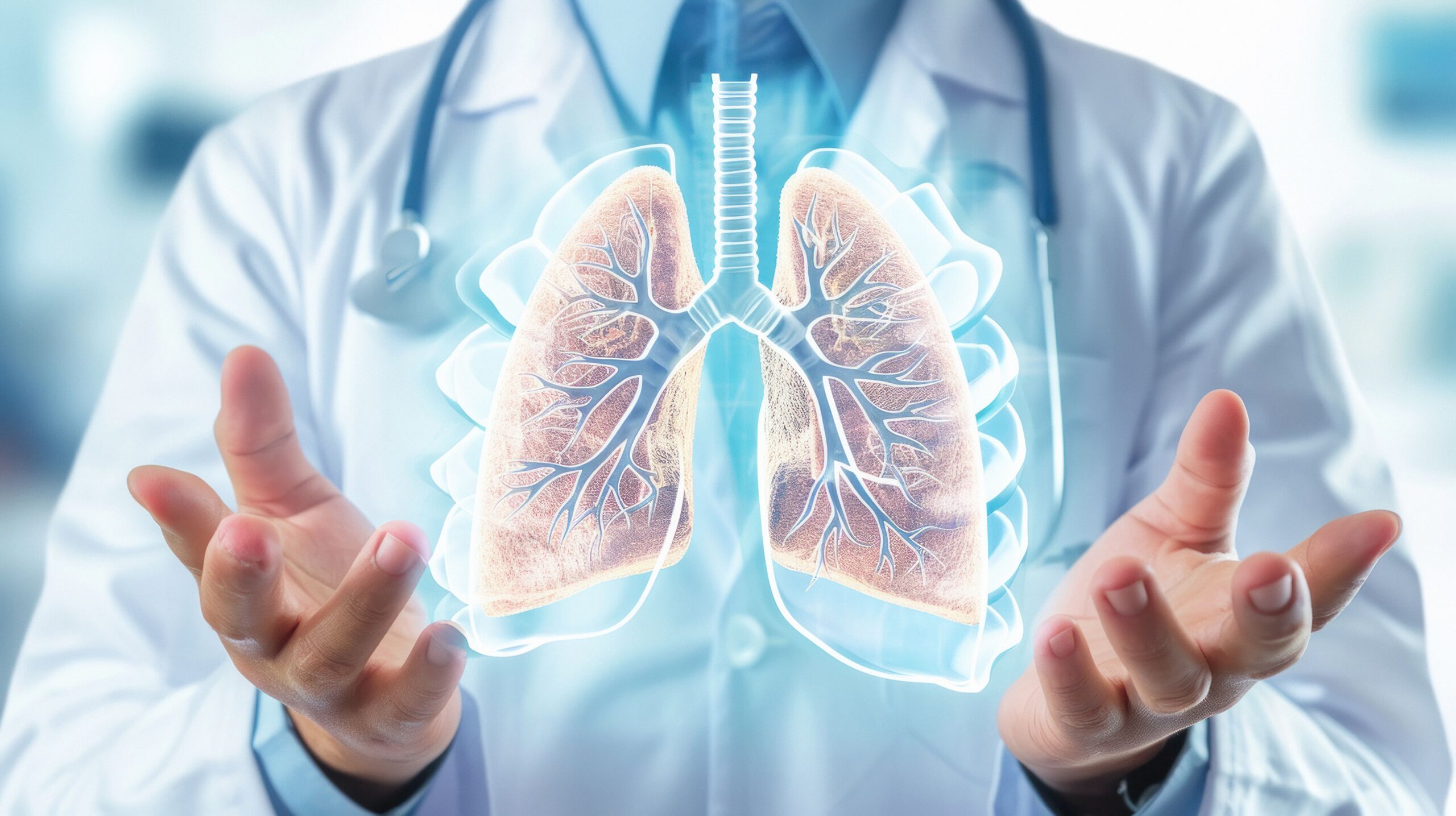Fourteen metabolites appeared to have a causal relationship with idiopathic pulmonary fibrosis (IPF) in a recent study.1 The research represents the first time the association between these metabolites and the disease has been reported.
The investigators explained the metabolites they identified could be potential biomarkers of IPF and help lead to better understanding of how the disease develops. The study was published in The Clinical Respiratory Journal.
Understanding the pathogenesis of IPF is a critical public health problem in part because there is no cure for the disease and in part because diagnosis of IPF is burdensome, the authors noted.
Genomics and metabolomics have sparked an opportunity to find biomarkers that might make it easier to diagnose idiopathic pulmonary fibrosis at an earlier stage. | Image credit: PRASANNAPIX – stock.adobe.com
“The diagnosis of IPF is based on a lung biopsy that indicates typical features and excludes other interstitial lung diseases in a multidisciplinary setup,” they wrote. The invasive, risky nature of lung biopsies creates a significant incentive to find biomarkers that might make it easier to diagnose the disease at an earlier stage.
Genomics and metabolomics have sparked an opportunity to do just that, the authors explained. Recent genome-wide association studies (GWAS) have identified metabolite-based associations with numerous disorders. They pointed to a Finnish study from 2022 which involved GWAS for more than 6000 men and led to the identification of hundreds of new association signals that may help scientists better understand the mechanisms behind diseases and disease-related traits.2
The investigators leveraged this technology to see whether they could better understand potential causal links between metabolites in patients’ blood and IPF. They obtained GWAS data for serum metabolites from an existing database and then used 2-sample Mendelian randomization (MR) to identify potential causal relationships between the metabolites and IPF.1
Using inverse variance weighted (IVW) analysis, the investigators found 23 serum metabolites that were significantly associated with IPF. The list contained amino acids, carbohydrates, energy, lipids, peptides, xenobiotics, and 9 with chemical compositions that have not yet been distinguished.
The investigators next conducted a sensitivity analysis, which showed that 2 of the identified metabolites—the lipids epiandrosterone sulfate and n-butyl oleate—met the criteria for having a “robust” causal relationship with IPF. The other 12 metabolites can be considered to have “potential” causal associations with IPF.
“The results showed that higher levels of n-butyl oleate are causally associated with an increased risk of IPF and that higher levels of epiandrosterone sulfate play a protective role in the development of IPF,” the authors wrote.
The authors said their findings are an example of the ways in which the “swift development” of metabolomics is helping to clarify the pathophysiologic mechanisms underlying diseases like IPF.
“Our findings suggest that these metabolites can be regarded as useful biomarkers for IPF screening in clinical practice as well as presenting a reference direction for mechanism explorations in future cohorts and experimental research,” they wrote.
Still, the authors also noted certain limitations to their research. They said the patient population from which the GWAS database was derived was entirely of European descent. Therefore, they said the findings may not translate to other populations. In addition, they said the identification of 9 metabolites with unknown biological composition represents an important caveat to their findings, since it is not known how they might contribute to the disease’s pathogenesis.
References
- Shi Y, Chen S, Zhou Z, Huang M, Li Y, Jing X. Causal effects between genetically determined human serum metabolite levels on the risk of idiopathic pulmonary fibrosis: a mendelian randomization study. Clin Respir J. 2025;19(6):e70087. doi:10.1111/crj.70087
- Yin X, Chan LS, Bose D, et al. Genome-wide association studies of metabolites in Finnish men identify disease-relevant loci. Nat Commun. 2022;13(1):1644. Published 2022 Mar 28. doi:10.1038/s41467-022-29143-5
